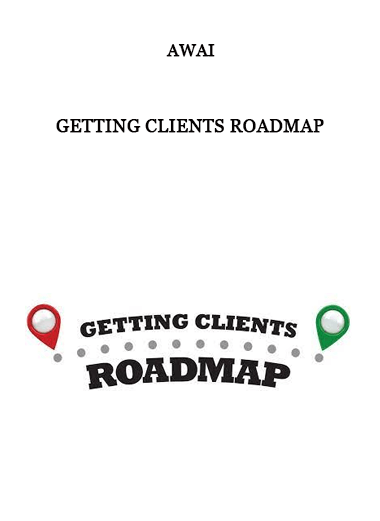Courses Infomation
Touch and Boundary Setting in Child Counseling & Classrooms from Janet Courtney
 Touch and Boundary Setting in Child Counseling & Classrooms Interventions to Manage Challenging and Ethical Dilemmas from Janet Courtney
Touch and Boundary Setting in Child Counseling & Classrooms Interventions to Manage Challenging and Ethical Dilemmas from Janet Courtney
Faculty:Janet Courtney
Duration:5 Hours 57 Minutes | Format:Audio and Video
Archive : Touch and Boundary Setting in Child Counseling & Classrooms from Janet Courtney
Outline:
Deconstructing the Touch Debate
Why is there a concern with touching kids?
When touching youngsters versus adults
No-touch rules: Do more damage than good?
Touch and your moral code
gender differences in practitioner liability
Considering the “slippery slope” claim
current investigation
Touch Neurobiology
The “calming & connection” hormone is oxytocin.
harmful or stressful touch and cortisol
system of parasympathetic nerves (PNS)
emotional touch: C-tactile fibers
Sensory mirror neurons: enhance interconnectedness and empathy
Psychoeducation
evaluating the influencing aspects of touch
Types of touch: task-oriented, referential, child-initiated, practitioner-initiated…
Child’s diagnosis, gender, and age
theoretical strategy
Religion, culture, and other factors…
Case Studies/Ethical Conundrums: How to React, Intervene, and Establish Safe Boundaries in Clinics and Classrooms
Attunement, closeness, and indications for dealing with children who have been physically and sexually abused
Interventions for physically aggressive children and adolescents that don’t include physical constraint
Knowledge of how to work with kids that have been diagnosed with ADHD, reactive attachment disorder, and autism
Sample informed consent for child restraint
Managing the child’s improper touching
Infants, kids, and teenagers all have different developmental stages
Assessments & Play Therapy: Touch as an Intervention
Play therapy for children with touch and attachment issues
Facilitating corrective (and preventative) experiences of touch between newborns and parents through DIR/floortime and FirstPlay® for autistic kids
Animal-assisted therapy touches
Peer massage in classrooms
Dance and movement, grieving, and play therapy case studies of touch in groups
Growing Professional Self-Awareness via Lab Experiential
Understanding your own comfort and closeness space limitations
Alternatives to side hugs and permissible touch
Practice establishing proper limits with youngsters and conduct professional touch surveys in small groups.
Utilize fake demonstrations to practice boundary-setting interventions.
Making Use of Creative Play-Based Interventions, Become a “Touch Educator”
Red Light, Green Light, Captain May I
Hoola hoop Private Area
Saying “My No Touch Square!” singing activity
establishing secure boundaries in the clay and sand tray
Applying case study examples in the real world
Increasing Ethical Skill in Touch
The “Practical Wisdom” of Aristotle
5 key competences in action
Guidelines for clinical and ethical touch
Risk management for liability and informed consent
Description:
Knowledge on how to deal with physical and sexual abuse, attachment disorders, hostility, and ADHD
using play therapy to teach children appropriate limits
Touch best-practice recommendations for safe physical contact in therapy: professional and legal restrictions
Touch in child treatment has long been a controversial subject and a contentious area!
Every day, as practitioners and educators, we face ethical, clinical, and educational conundrums involving touch, ranging from a kid’s request for a hug to an inappropriate child contact to physical acts of aggression.
Join Janet Courtney, PhD, LCSW, RPT, a world authority on touch, for this innovative class. You will gain knowledge of the most recent findings in the field of neuroscience as it relates to touch and attachment, as well as the various mediating variables that affect child versus practitioner/educator initiated contact.
Learn about many touch-informed play therapy interventions for kid issues and conditions such as trauma, sexual and physical abuse, domestic violence, ADHD, anxiety, and attachment that are morally acceptable.
As well as play therapy-based strategies to assist children and teenagers in creating appropriate contact boundaries, you’ll leave with fresh treatments for effectively managing troublesome touch behaviors that arise in the present. To quickly reduce worries about liability, improve your professional understanding and expertise through lab activities, clinical procedures, and ethical touch principles.
Salepage : Touch and Boundary Setting in Child Counseling & Classrooms from Janet Courtney
About Author
<author content>































Reviews
There are no reviews yet.